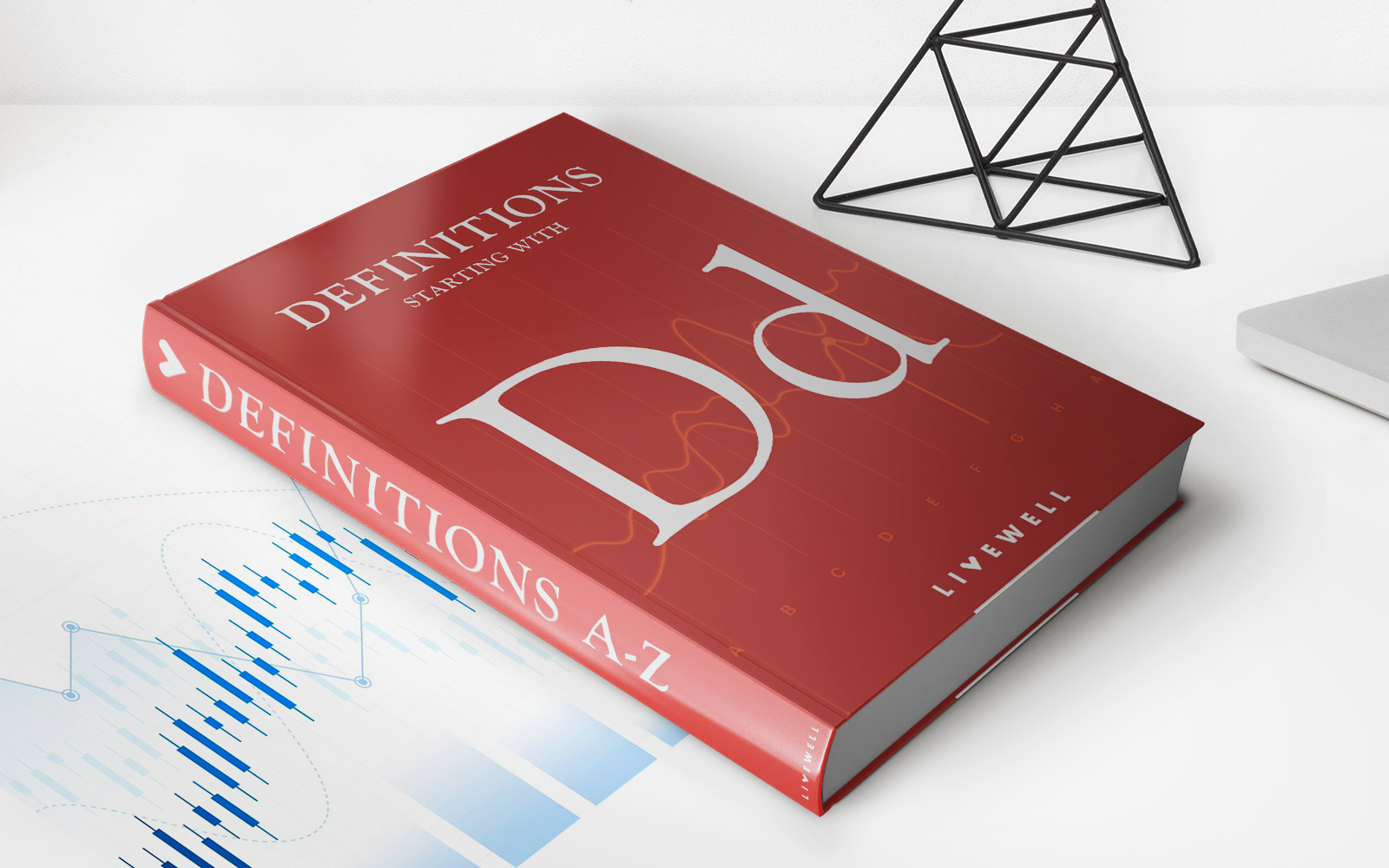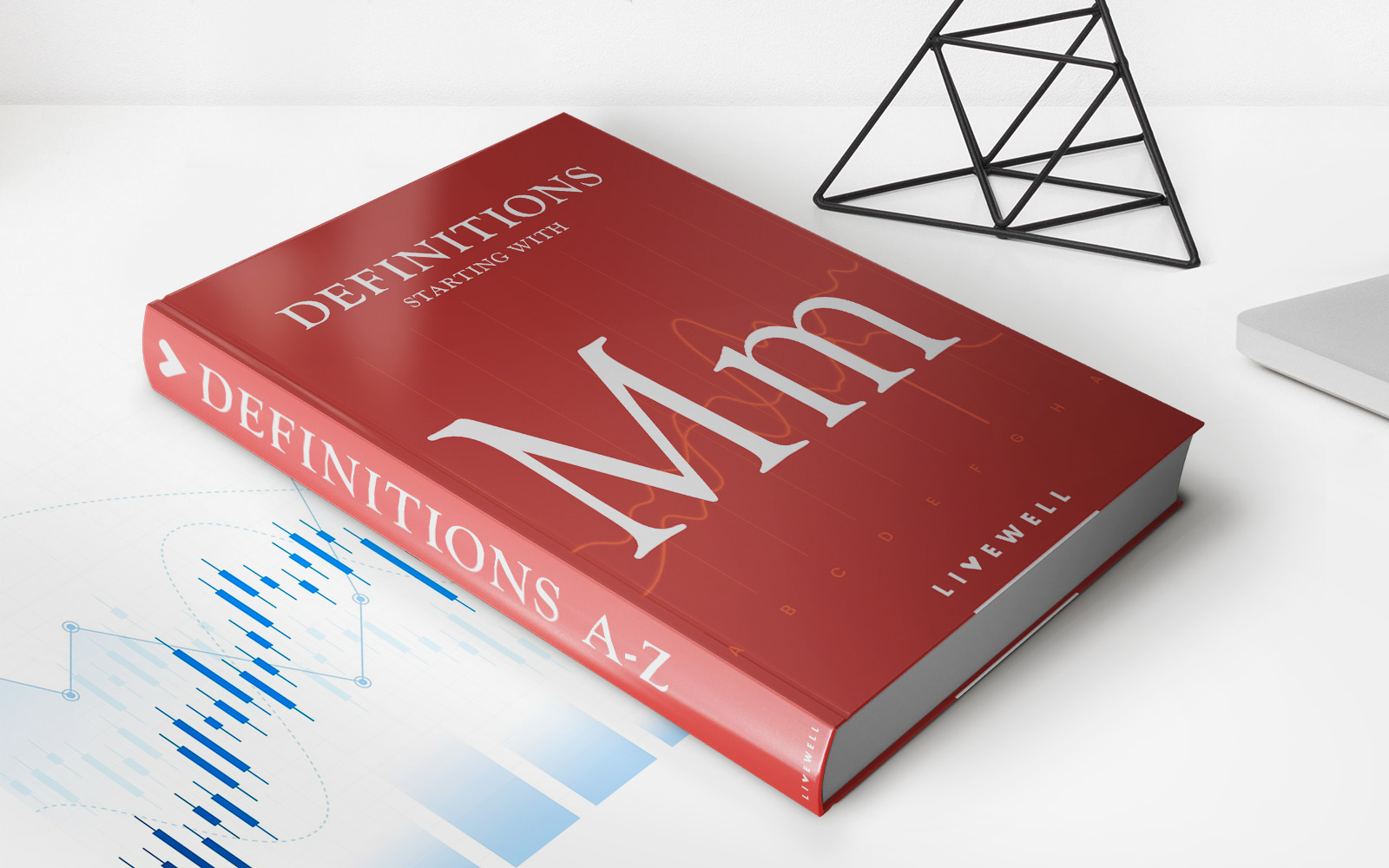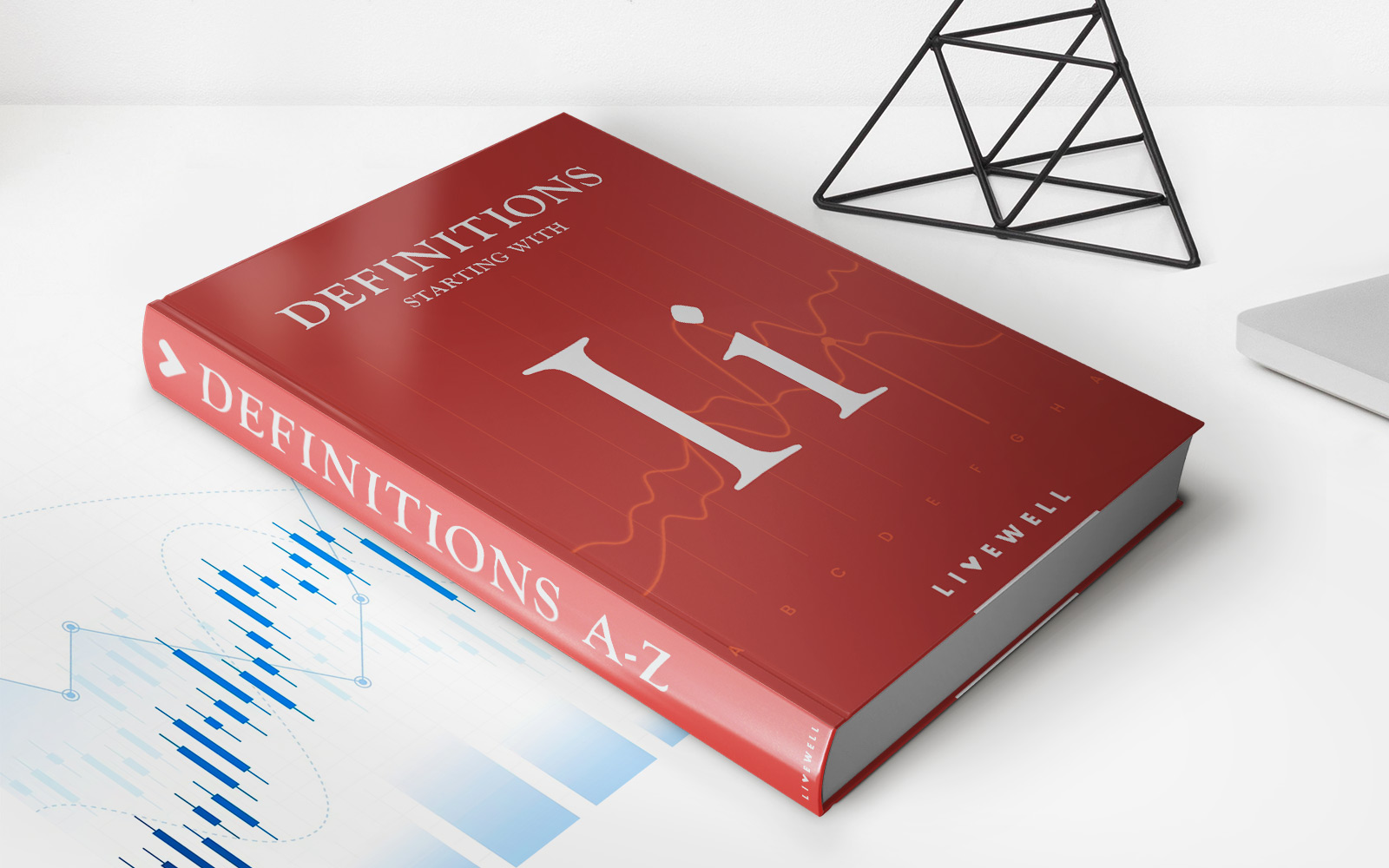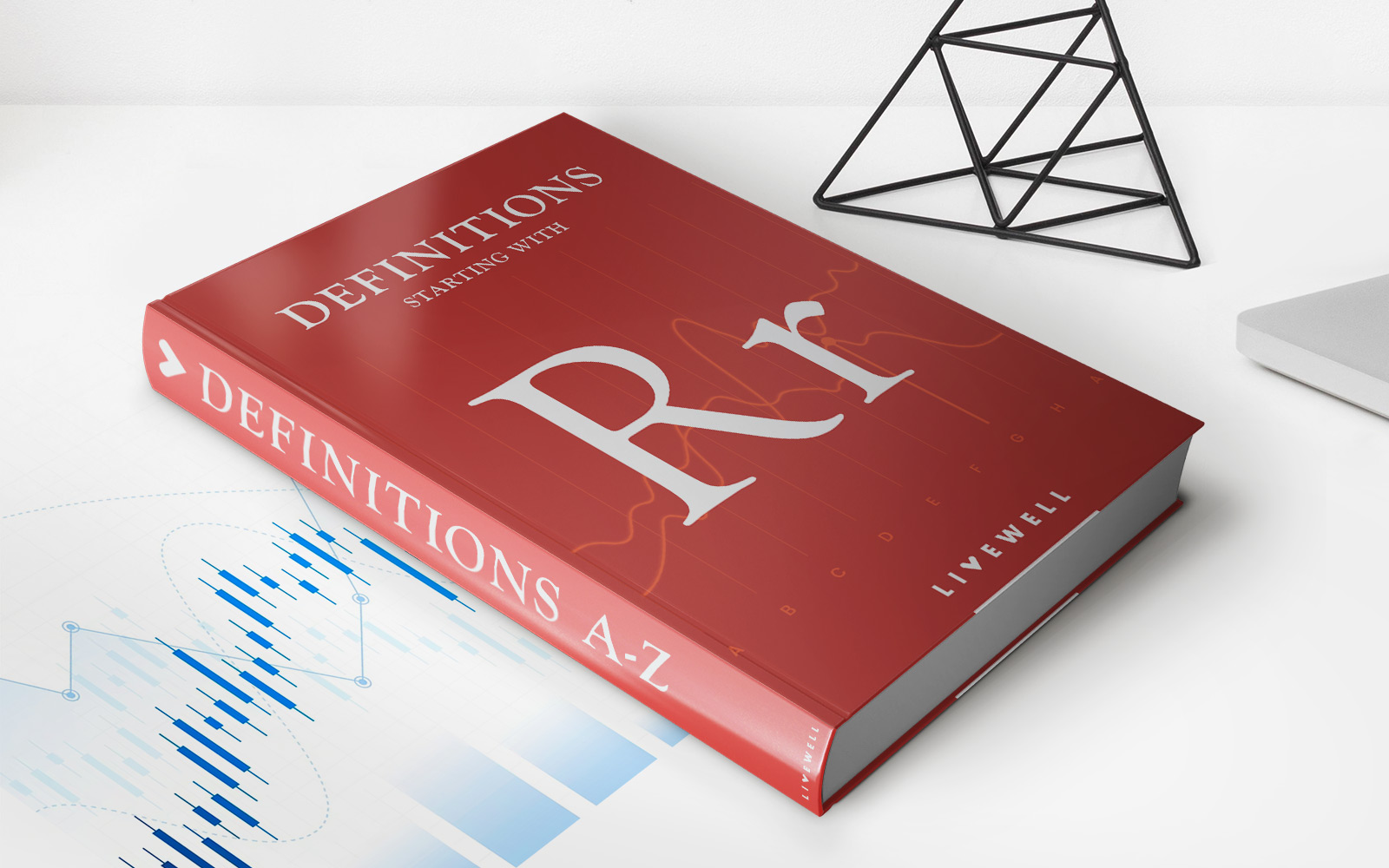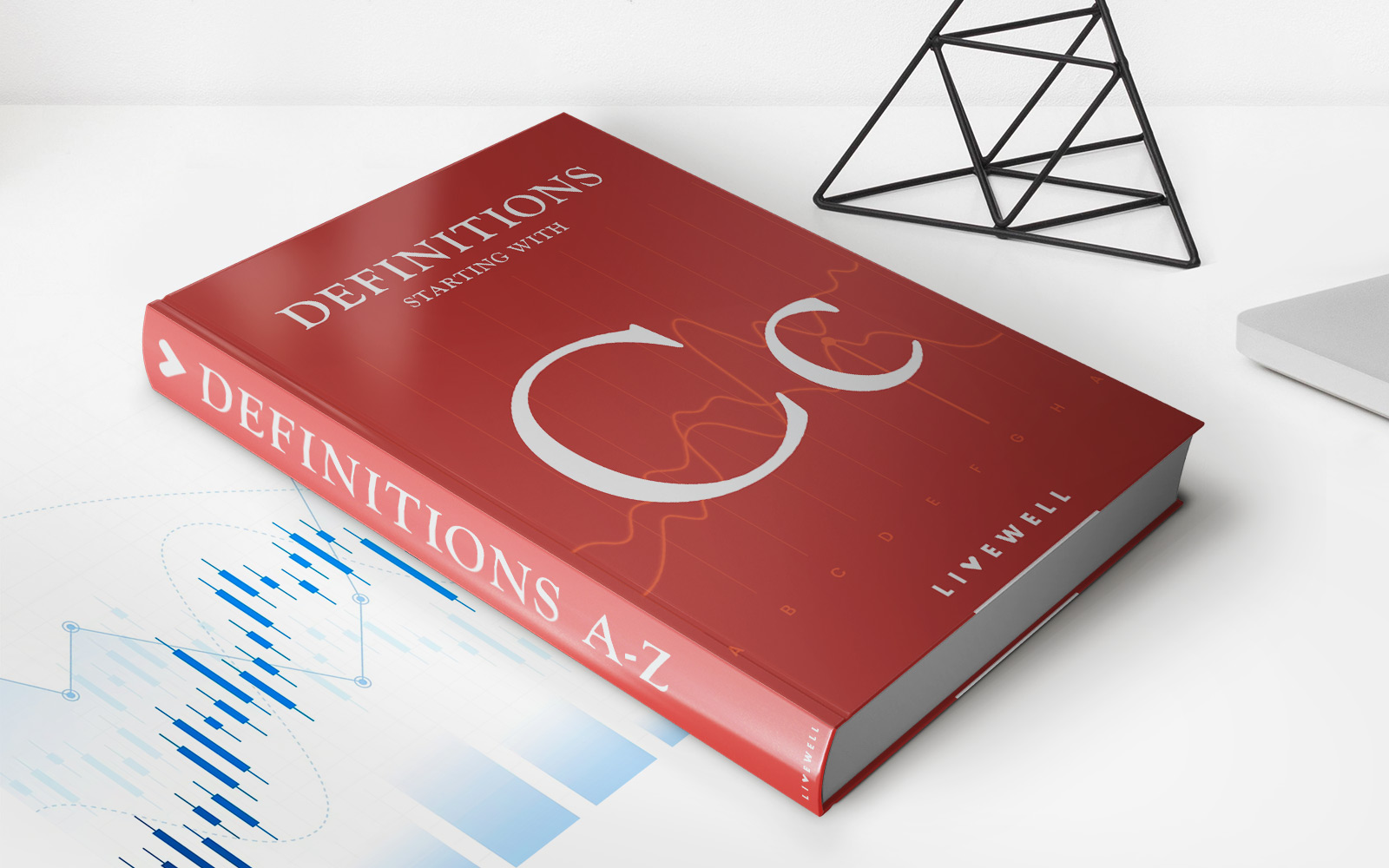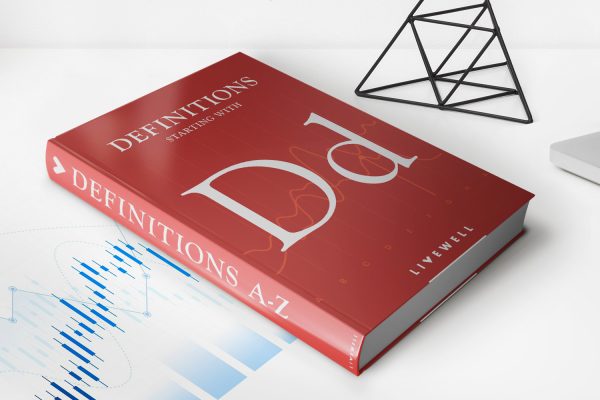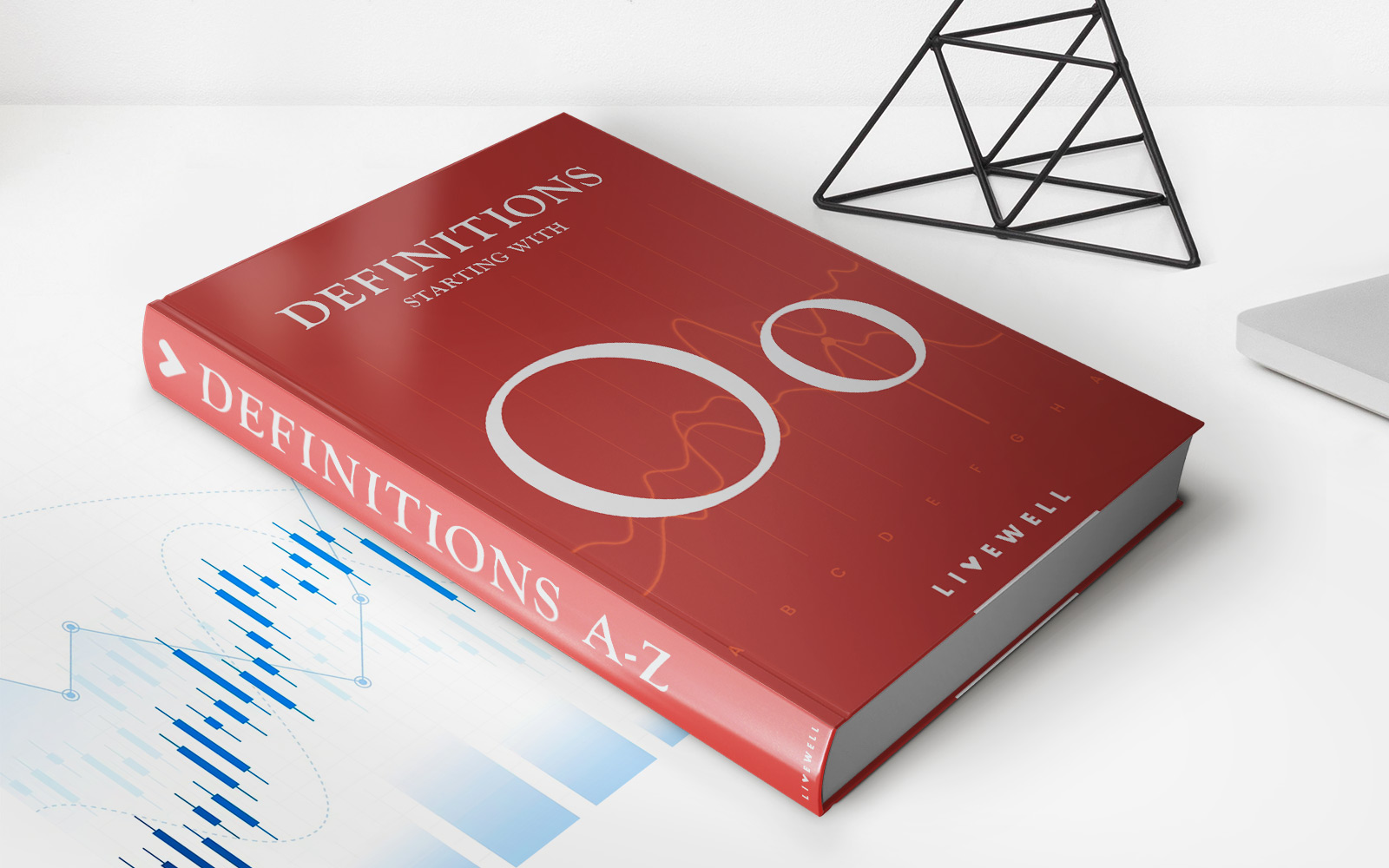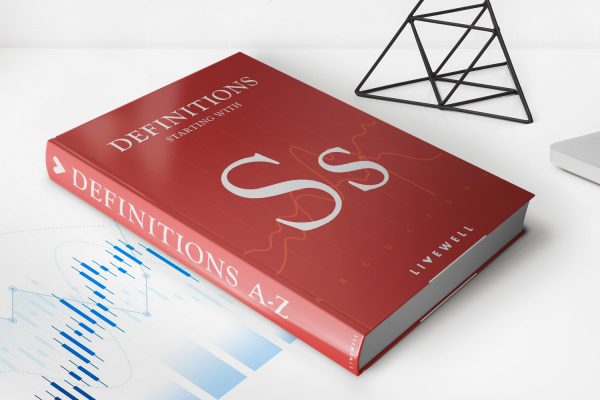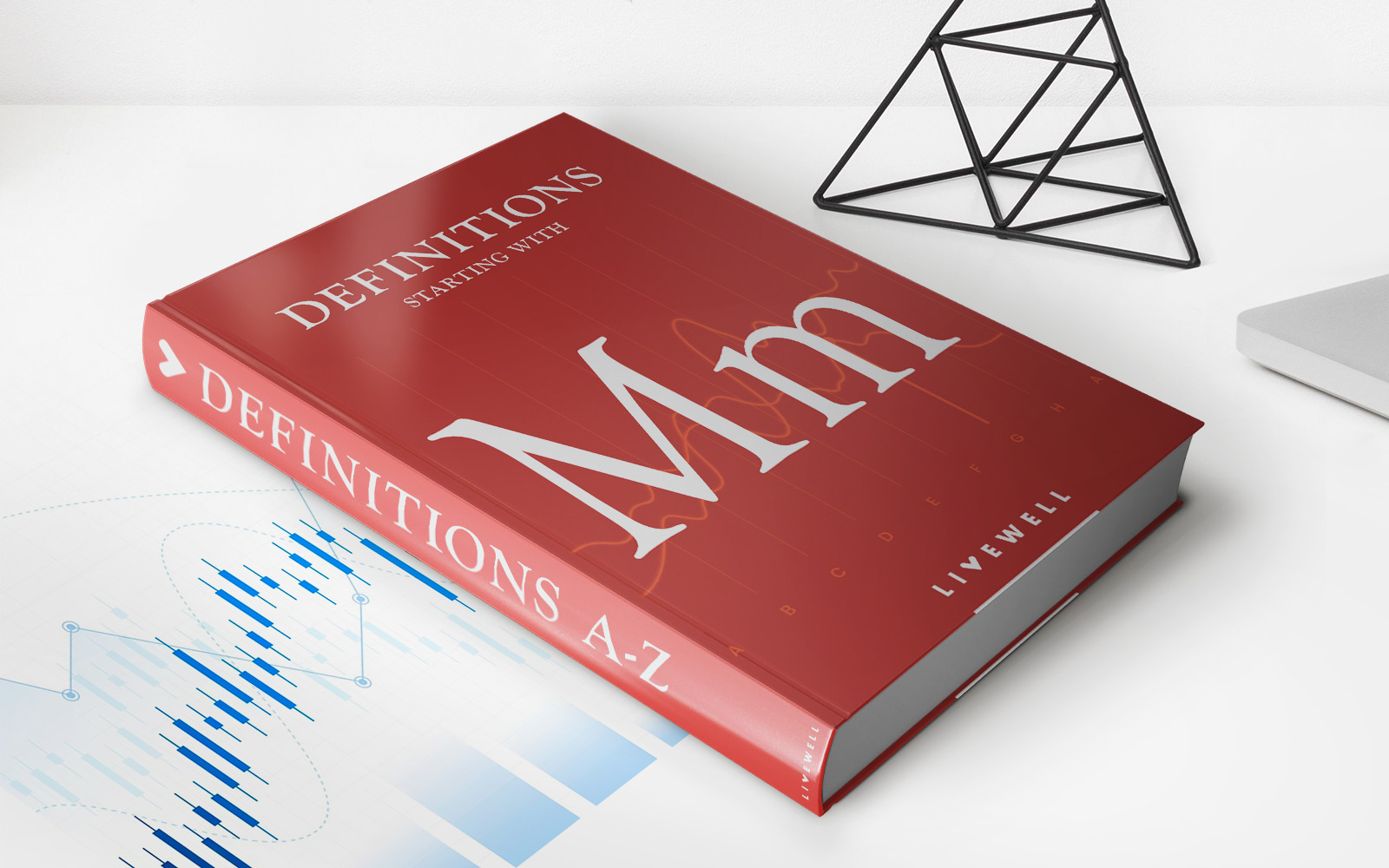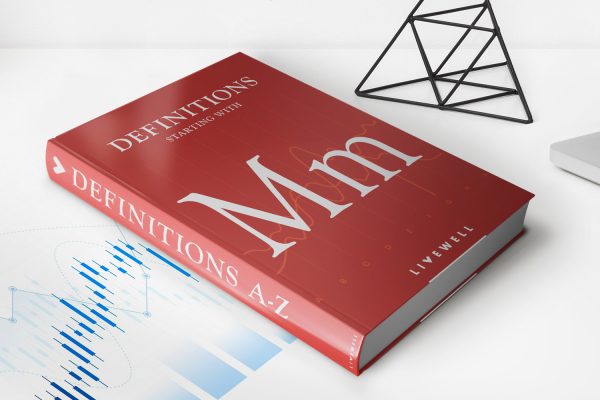Home>Finance>Order Imbalance: Definition, Causes, And Trading Strategies
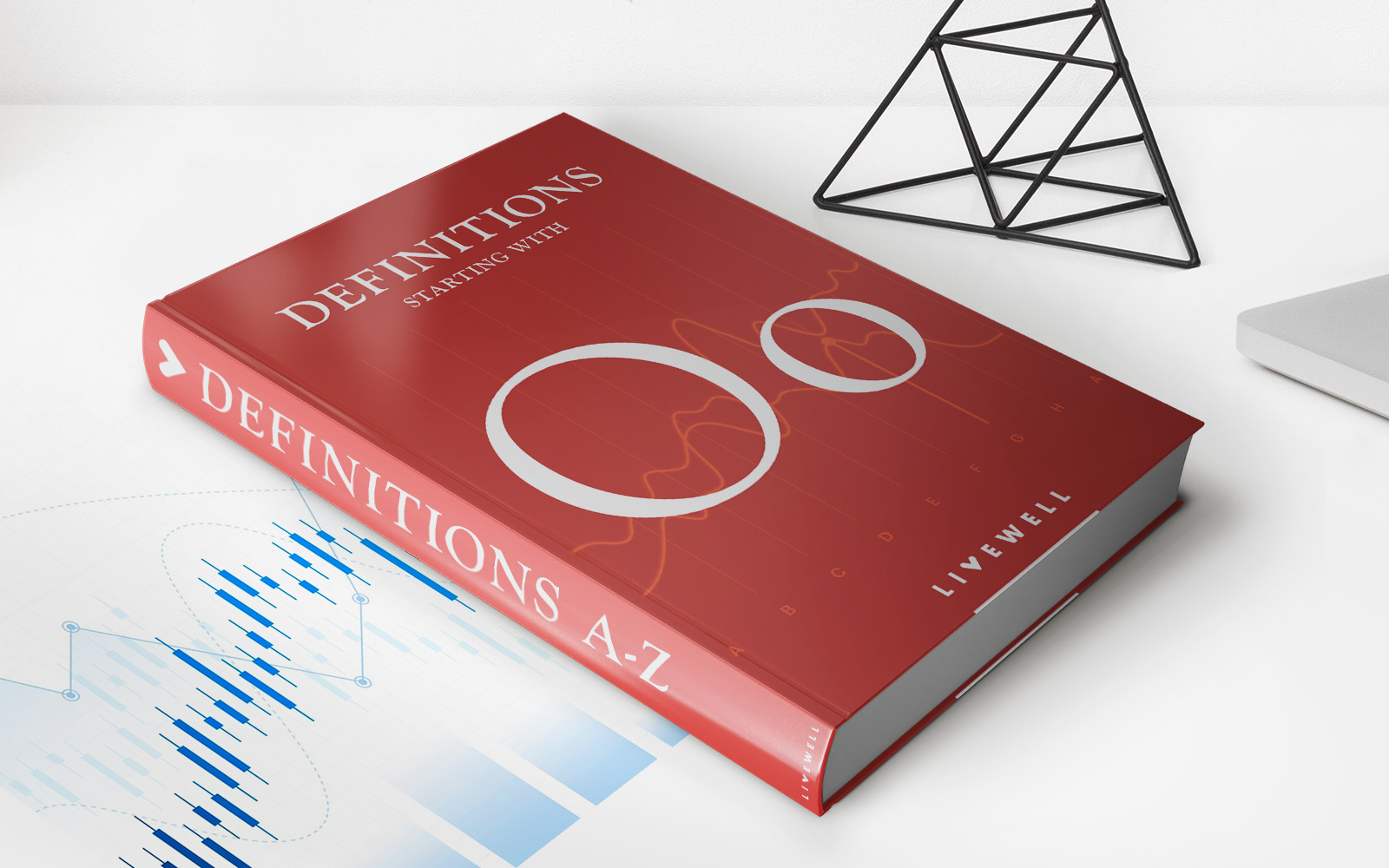

Finance
Order Imbalance: Definition, Causes, And Trading Strategies
Published: January 4, 2024
Learn about order imbalance in the finance industry, including its definition, causes, and effective trading strategies for maximizing profits.
(Many of the links in this article redirect to a specific reviewed product. Your purchase of these products through affiliate links helps to generate commission for LiveWell, at no extra cost. Learn more)
Order Imbalance: Definition, Causes, and Trading Strategies
Welcome to our Finance blog series! In today’s post, we will explore the fascinating concept of Order Imbalance and its impact on trading strategies. Have you ever wondered why stocks tend to move in a certain direction despite seemingly mixed signals? Well, order imbalance might just be the missing puzzle piece that explains this phenomenon. So, let’s dive in and unravel the secrets of order imbalance.
Key Takeaways:
- Order imbalance occurs when there is an excess of buy or sell orders for a particular stock.
- Causes of order imbalance include news announcements, market sentiment, and institutional trading.
What is Order Imbalance?
Order imbalance occurs when there is an unequal distribution of buy and sell orders for a specific security in the market. This means that there is either more buying pressure or selling pressure, resulting in an imbalance in the order book. When order imbalance arises, it can significantly influence the price and direction of a stock.
Now, you might be wondering:
What causes order imbalance?
Several factors contribute to the formation of order imbalance:
Causes of Order Imbalance
- News Announcements: Positive or negative news releases about a company can cause a rush of buy or sell orders, leading to order imbalance. For example, if a company announces better than expected earnings, investors may flood the market with buy orders, creating a temporary order imbalance.
- Market Sentiment: Market sentiment plays a crucial role in order imbalance. If investors perceive the market to be bullish, there will likely be a higher number of buy orders, creating an imbalance in favor of buying. On the other hand, if sentiment turns bearish, sell orders may dominate, resulting in a sell-side order imbalance.
- Institutional Trading: Large institutional investors often have significant buying or selling power, which can create substantial order imbalances. When institutional investors like mutual funds or pension funds enter or exit a position, their large trades may disrupt the market’s equilibrium, causing an order imbalance.
Trading Strategies for Order Imbalance
Now that we understand order imbalance and its causes, let’s explore a few trading strategies that traders and investors can use to capitalize on this phenomenon:
- Imbalance Monitoring: Traders can monitor the order book and observe the volume and direction of buy and sell orders. By identifying an order imbalance early on, they can take advantage of potential price movements and make informed trading decisions.
- Price Reversion: Some traders bet on a temporary price reversion when there is a significant order imbalance. For example, if there is an overwhelming number of sell orders that push the stock price down, contrarian investors might expect a price bounce back due to the imbalance being resolved.
- Trend Confirmation: Order imbalances can also act as confirmation for existing trends. If buyers consistently outnumber sellers over an extended period, it suggests a sustained bullish trend. Traders can look for order imbalances that align with the prevailing market direction and use them as confirmation signals for their trades.
To sum up, order imbalance is a fascinating concept in trading, shedding light on why stocks sometimes move in a specific direction despite mixed signals. Understanding the causes and implementing effective trading strategies around order imbalance can significantly enhance your trading results. So, keep an eye on the order book and stay ahead of the curve!
Thank you for reading our Finance blog post on Order Imbalance: Definition, Causes, and Trading Strategies. Stay tuned for more insightful articles in our Finance category.

